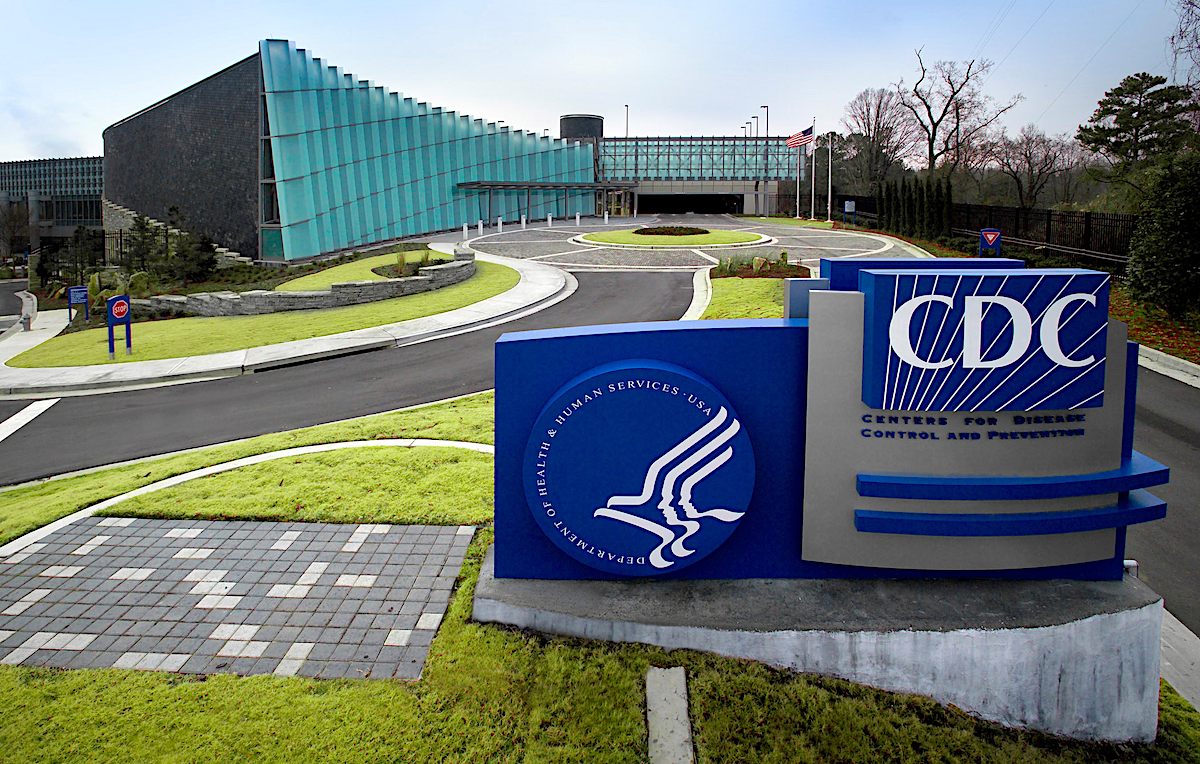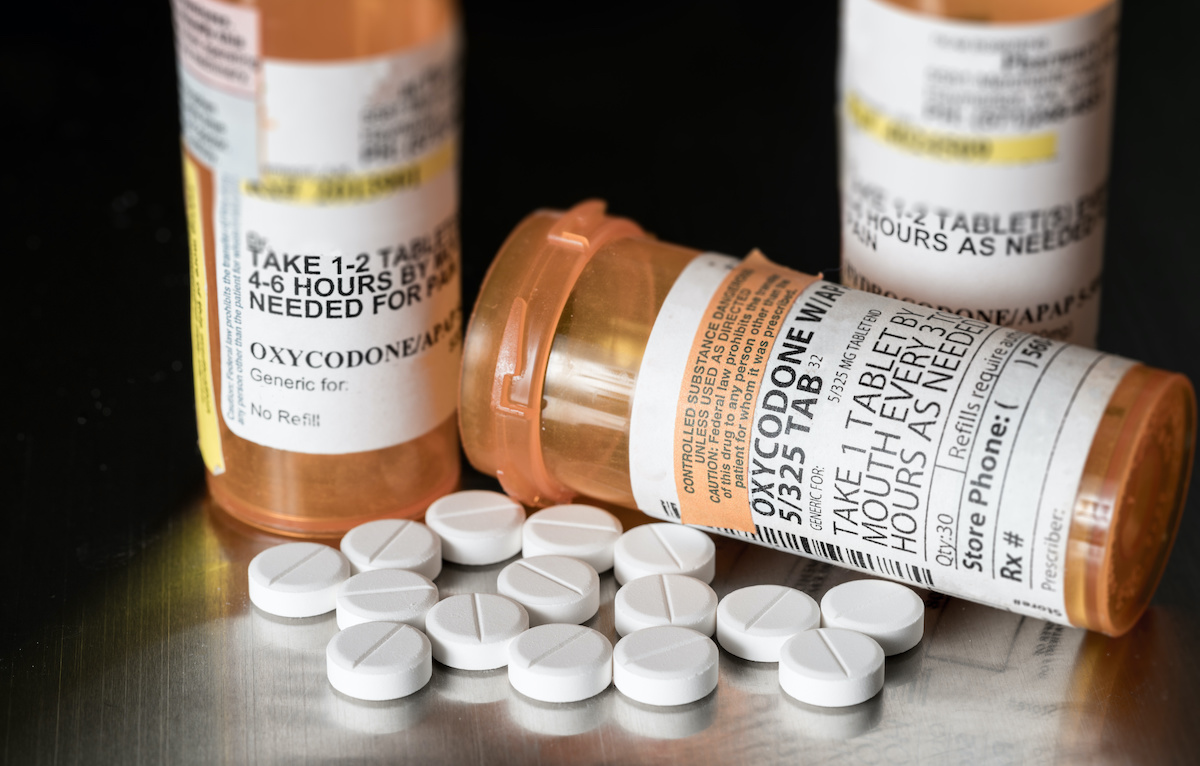
GA Recorder | WASHINGTON — The Biden administration released a key portion of its spending plan for the upcoming budget year Friday, calling for increasing money for schools, public health programs, cancer research and other discretionary programs that it says have been underfunded for too long.
The president’s $1.5 trillion request aims to spend $769 billion on discretionary programs not related to defense — a 16% increase over this year. The proposal is in sharp contrast to Trump administration budget requests during the past four years that proposed to scale back the size of most domestic programs.
Administration officials say their proposed boost would bring funding for many programs back in line with the average level over the last 30 years and would begin to reverse the consequences of that lack of investment.
They point to examples such as Atlanta’s Centers for Disease Control and Prevention operating in a pandemic with a budget that’s 10 percent lower than it was a decade ago. Head Start, the early childhood education program for low-income families, is serving 95,000 fewer children than 10 years ago.
“Our country has under-invested in core public services, benefits and protections that are incredibly important to our success,” an administration official told reporters on a briefing call ahead of the budget document’s release, adding: “Now is the time to begin reversing this trend, and reinvesting in the foundations of our country’s strength.”
National defense spending would see a slight 1.7% increase over the current year, with $753 billion proposed for those programs. Republicans have been putting pressure on the administration not to reduce spending on defense programs, as progressive Democrats have sought.
Friday’s budget outline is the administration’s first step in the annual appropriations process that must be completed by Oct. 1 to avoid a government shutdown when fiscal 2022 begins. The alternative is a stopgap spending bill, which has often been needed in recent years. Republican support will be needed to approve a spending plan.
The budget documents released Friday are only a portion of the administration’s full spending plan for the upcoming fiscal year. Other details — including how President Joe Biden will try to pay for the proposed increases in spending — aren’t expected until later this spring.
Congress never approves a president’s budget in its entirety, but the Biden administration’s request likely will have a smoother path than those of the Trump administration given Democratic control of both the House and Senate.
The Biden administration has faced some obstacles in cobbling together its budget proposal, and officials have blamed the delay in part on a lack of cooperation from the outgoing Trump administration.
There also is no director in place at the Office of Management and Budget after nominee Neera Tanden withdrew when Republicans opposed her due to partisan Twitter posts. Shalanda Young, a Louisiana native who was confirmed by the Senate last month to be deputy OMB director, has been serving as acting director.
The new budget proposal is separate from the massive $2 trillion infrastructure spending plan that the administration unveiled late last month. That plan aims to approve additional dollars for rebuilding highways and bridges and boosting money for housing, broadband and schools, and increasing U.S. manufacturing jobs over the next eight years.
The programs that would see a funding boost under the Biden administration’s budget proposal include:
- The largest budget authority increase in nearly two decades for Atlanta’s Centers for Disease Control and Prevention. Those dollars would be used to modernize public health data collection, train new epidemiologists and improve public health capacity across states and territories.
- A $20 billion increase in grants for Title I schools to address long-standing funding disparities across school districts.
- $6.5 billion to launch a new National Institutes of Health program focused on research and development related to cancer and other diseases such as diabetes and Alzheimer’s.
- A $3.9 billion increase in money to fight the opioid epidemic, with more funding for research, prevention, treatment, and recovery support services
- An increase of $232 million for the Department of Justice to address gun violence through existing programs to improve background check systems and new programs to incentivize state adoption of gun licensing laws and create voluntary gun buyback pilot programs.
- $14 billion more for programs related to tackling climate change across the federal government.
- $861 million for what the officials say is the “first step” in a four-year plan seeking to address the root causes of increased migration from Central America, plus a funding boost intended to reduce the processing backlog of naturalization and asylum cases.
- $2.7 billion more for Child Care and Development Block Grants and Head Start, with officials saying they plan to work with states so that the money is used to boost wages for early educators and child care providers.
- “Significant” support to help states improve unemployment compensation systems, many of which are outdated and failed to meet the demands of the skyrocketing unemployment during the pandemic.






